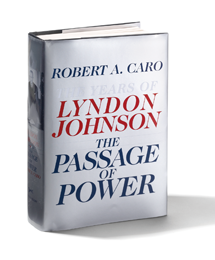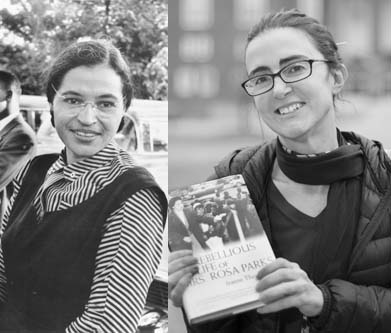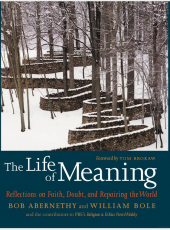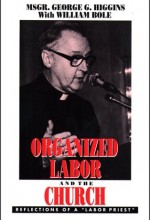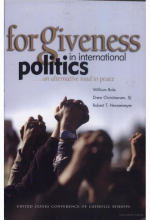Posted earlier today at Tikkun Daily.
Part of what fascinates me about the civil rights struggles of the 1960s is that, through these upheavals, America changed. Compare that to today’s inertness: we can barely budge on gun control and the minimum wage (for examples), despite overwhelming support among Americans for change on those fronts.
Yes, there are real questions about how much progress towards racial justice we’ve made. What’s clear is that a little over a year after the May 1963 “children’s crusade” in Birmingham, Alabama, we had the Civil Rights Act of 1964. And five months after the Selma to Montgomery march came the Voting Rights Act of ‘65. Which particular piece of landmark legislation has followed the Occupy Wall Street protests?
More to the point: How did change happen, half a century ago?
That question often comes up—and is answered all too readily. Many are quick to credit the vision, courage and sacrifice personified by the civil rights heroes. Others just as quickly recite with Bob Dylan that the times they were a-changin’. (Consider the reforms that washed over the Catholic Church during those years at the Second Vatican Council, which bookended Birmingham and the Civil Rights Act from 1962 to 1965.) Many still would single out the strategy of nonviolent confrontation, the purpose of which was to create an air of crisis.
One could also be impressed by the accidents of that history, arguably including the career of Martin Luther King. Earlier this year, I wrote about how, in 1954, the young MLK had a dream—to become a tweedy tenured theology professor. A year later, Rosa Parks sat on the bus and catapulted the reluctant neophyte pastor into the leadership of the Montgomery Bus Boycott. There was no turning back.
Add to this the accidental presidency of Lyndon Baines Johnson. One could argue we wouldn’t have had a Civil Rights Act in 1964 or a Voting Rights Act in 1965, without LBJ in the White House. Or those landmarks might not have been enacted until later. But it’s also true that King, Parks, and other storied figures, with their moral vision and mass movement politics, expanded the realm of the possible. That enabled Johnson to work his legislative magic.
Mysteries of Social Change
In their 2010 book, Switch: How to Change Things When Change is Hard, Chip Heath and Dan Heath made the simple observation: “For anything to change, someone has to start acting differently.” Nonviolent direct action was one clear innovation. As King explained in his 1963 Letter from Birmingham Jail, those who engage in such resistance are not “the creators of tension. We merely bring to the surface the hidden tension that is already alive,” in an unjust system. In Birmingham, the explicit strategy was to bring the brutality of segregation into the open by provoking it.
In addition, during the early 1960s King and other spiritual radicals—notably his friend, Abraham Joshua Heschel—resurrected the tradition of prophetic discourse. That is, the style of denouncing social evils and chastising the powers that be, while envisioning a radically better future, as King did in his “I Have a Dream” speech in August 1963. Such a religious challenge to the status quo was a distant cry from the soothing spiritual happy talk of the 1950s. King and company issued their jeremiads, but they also usually managed to join prophecy with civility, social struggle with social friendship.
Those varied elements converged in Birmingham 50 years ago. In early May of 1963, thousands of children as young as six years old strode out of schoolhouses to join in the marching downtown. And, in a bracing display of cognitive dissonance, King declared: “Bomb our homes and go by our churches early in the morning and bomb them if you please, and we will still love you.”
During the protests, King projected through his megaphone not only resoluteness, but also a longing for what he had limned on other occasions as a “beloved community.” It was a vision of solidarity between whites and blacks, rich and poor. And it was vitalized—with not just love but power, with both confrontation and a spirit of cooperation.
Whether that rare combination of moral and political sensibilities made the civil rights crusade successful is hard to say with certainty. There are too many imponderables. It should be noted too that King, depressed and guilt-ridden at the end of his abbreviated life, began to see himself as a failure, partly due to the unrealized dream of economic justice for all, both blacks and whites.
What we know is that by the end of the Birmingham campaign, there were thousands of freedom-chanting children jamming the city’s prisons. There was the thick air of crisis that King and others had prayed for, and there were the heartfelt pleas for love and reconciliation in the throes of intense agitation. All that provided what every movement for social change seems to need—the element of surprise.
I wouldn’t venture much further in trying to explain the developments of May 1963, any more than I’d pretend to unravel the mysteries of change. Perhaps these are best left as perennial questions. …read more
